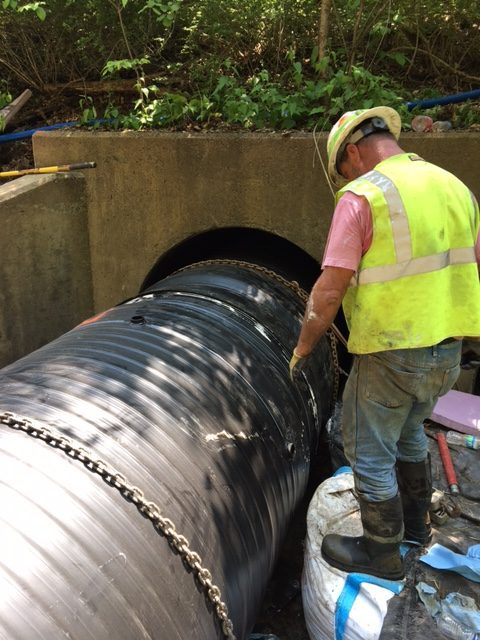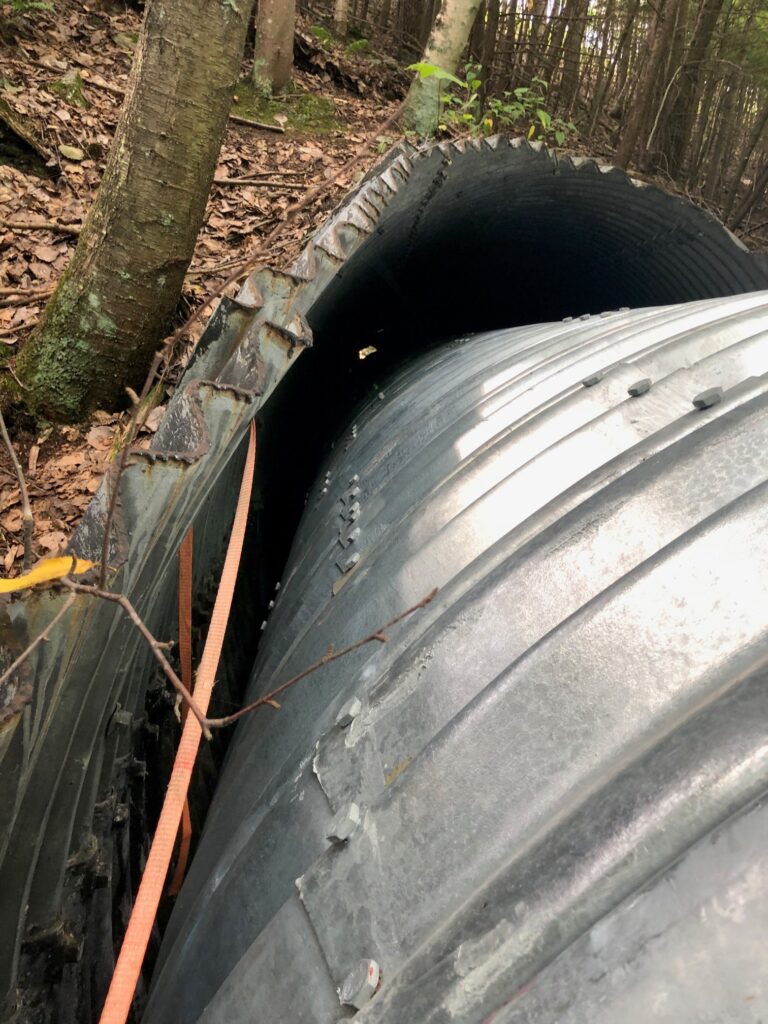The Slip Lining Process
The slip lining process begins with an inspection of the existing pipe to determine its condition and the size of the new pipe that will be required. The new pipe is typically made of high-density polyethylene (HDPE) or PVC, and is inserted into the existing pipe using a winch system.
Once the new pipe is in place, it is expanded using either heat or air pressure, which creates a tight seal between the new and existing pipes. This process creates a new pipe within the old pipe, which can extend the life of the pipe by decades.


